PCT Countdown: A Deep Dive into Permits, Visa Challenges, and Physical Conditioning
I received a lot of questions about how I prepare for the Pacific Crest Trail. What my training in detail looks like, and what is necessary to hike across the entire USA. So, I´ll try to summarize the administrative obstacles I´m still on to master and a little bit in detail about my plans. And yes, some of them change daily right now 😀
PCT Permit:
Let´s start with the obvious: You need a permit to hike the Pacific Crest Trail. To keep it simple the PCTA (Pacific Crest Trail Association) offers a long-distance permit if you want to hike more than 500 miles consecutive.
The permit is free of cost and very convenient, considerin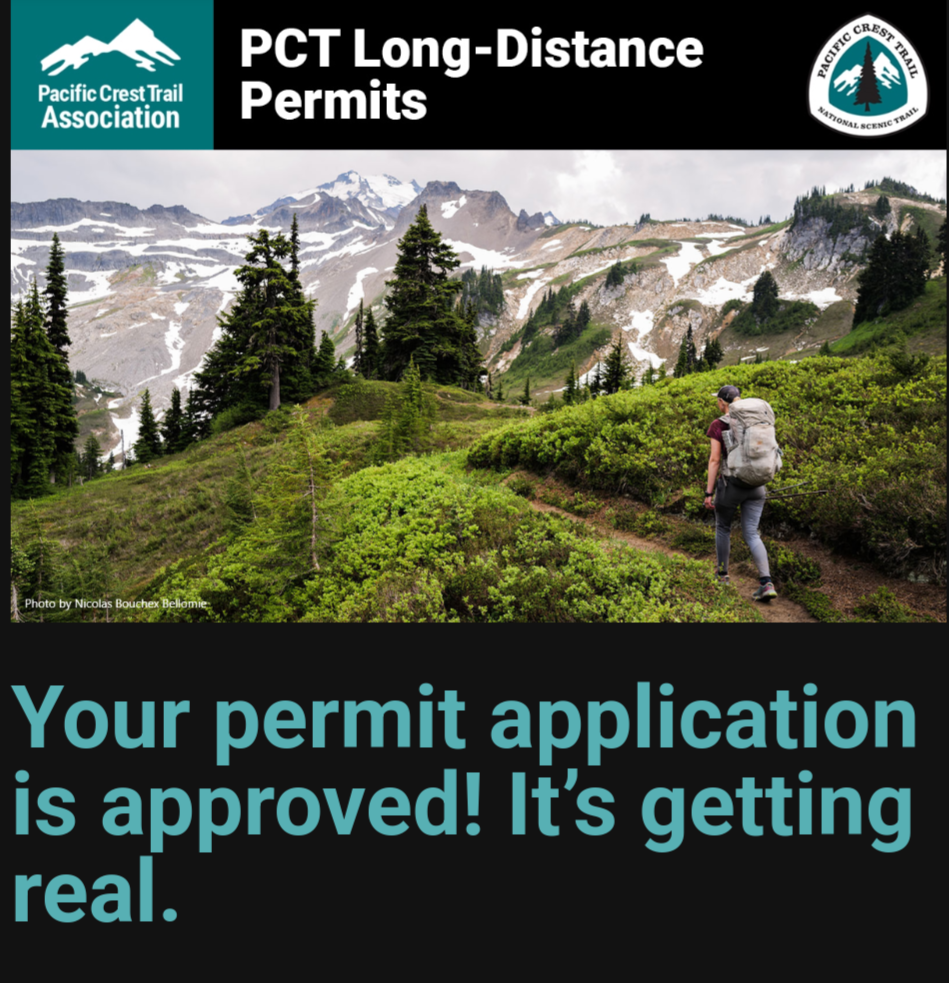 g how many protected areas and national parks we´re passing on the way. Due to the rising popularity of the PCT, the permits are limited to 50 per day from March 1st to May 31st, making in total roundabout 4500 hikers per year with the PCTA Permit. There are two permit release days and you´ll get a randomized timeslot to “book” your permit start day, start location, and estimate endpoint and end location.
g how many protected areas and national parks we´re passing on the way. Due to the rising popularity of the PCT, the permits are limited to 50 per day from March 1st to May 31st, making in total roundabout 4500 hikers per year with the PCTA Permit. There are two permit release days and you´ll get a randomized timeslot to “book” your permit start day, start location, and estimate endpoint and end location.
Is it hard to get a permit? Simple: Yes and No. As the timeslot on permit release days are randomized it is just luck how early or late you can log in. And you need to be a little flexible with your start date. I was able to secure May 22nd as my start date on the first permit release day. But as I want to start earlier I changed my start location on the second permit release day – where you can change dates (if available) and locations. My long-distance permit now starts in the town Agua Dulce, after 450 miles or 730 km. Before that, I only need permits for 2 sections I can obtain beforehand. Starting on another day somewhere else is illegal and makes your permit invalid and can cause consequences if you get controlled by a Ranger.
So, if you don´t get the PCTA permit you can go with all the “local permits”. It’s a bit more administrative hustle, but will make you hike the PCT, too. Besides, that you only need the California Campfire Permit as I´m operating a stove. But this is a 5min effort and super easy.
Overall, the permit topic weighs heavy on future PCT hikers before permit release dates, but the moment it starts it is manageable. Especially by this time, lots of permit holders realize that they cannot make the hike and slots are opening up at shorter notice.
Visa:
I´ll hike for more than 90 days, so entering the US with the ESTA program is not enough. I need the B2 Tourism Visa allowing me to stay for 6 months. The application is easy and if you have an US embassy nearby, it´s no big deal as an in-person interview is required. BUT….. I should´ve done it in September when I was back in Germany. This time I thought that I´d better do it when being back in US/Canada because then, I would know about my hiking permit start date, etc. And looking up the interview availabilities, the embassy in Frankfurt had spots 2 days in advance – easy, I thought. When the time had come I checked for available interview appointments. The Vancouver embassy states 600 !!!! days waiting time – wait what? 😀
I seriously almost got a m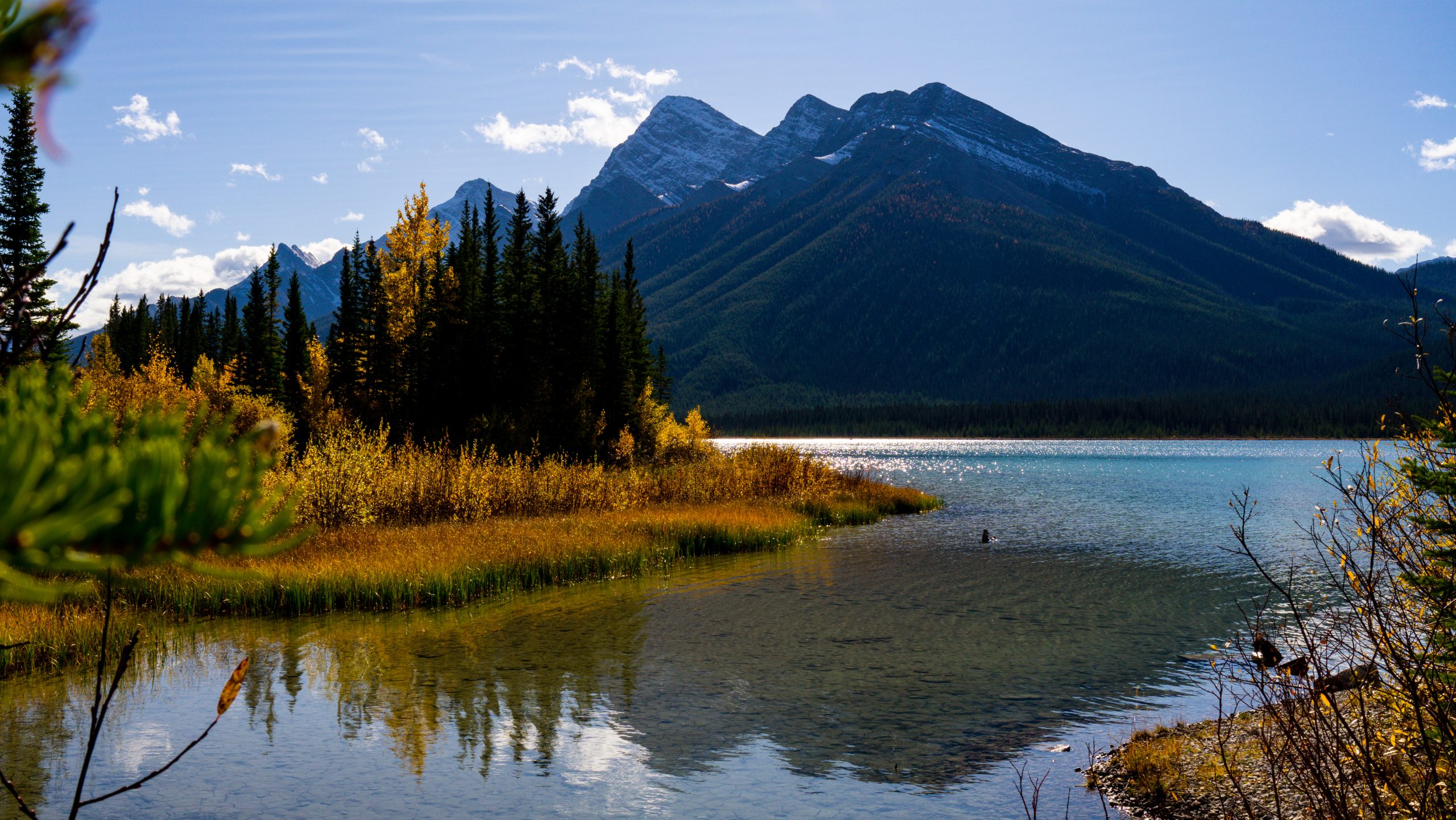 eltdown and thought that in the end, the visa destroyed my PCT dream. Luckily, I was able to get an appointment for mid-March. Going there from Blue River, B.C. where I am right now, is kind of a hustle and will take me 3 days, to fly in and out. But if it´s only that I´ll gladly spare the time. The Visa costs 185$ – fair.
eltdown and thought that in the end, the visa destroyed my PCT dream. Luckily, I was able to get an appointment for mid-March. Going there from Blue River, B.C. where I am right now, is kind of a hustle and will take me 3 days, to fly in and out. But if it´s only that I´ll gladly spare the time. The Visa costs 185$ – fair.
So technically, my hike is not entirely safe right now. The officer in the embassy can refuse my visa application. But as I do have the hiking permit and a nice X.000$ budget I´m willing to spend for food, beds, and showers, why should I get refused 😉
Is it hard to get the Visa? Speaking for me as a German citizen, I think no. Not more difficult than any other Visa, or Working Holiday application. You just need to know. So, right now I´m planning the best case, getting my Visa by the end of March, entering US on April 14, starting my PCT hike on April 28, and activating my long-distance permit in Agua Dulce on May 22nd.
In-depths preps to hike the Pacific Crest Trail
Physical:
The last 10 years I was running and hiking the mountains in my home of choice Austria/Innsbruck intensively. Since July 2022 I had struggles with a nasty Achilles tendinitis forcing me to slow down (trail) running. But with the upcoming travel start in August 2023 I wouldn´t have been able to keep up my running routine anyway. Hiking has been more in focus since being in Canada, and by now I think that I can handle it. Especially when not running. Hiking doesn´t seem to be a problem. So, as long as I stretch frequently, I have a good feeling. But yes, It can be a problem on the hike. But honestly, I´m hiking for 4200km. My body will break. The question is only: What? How severe? And Where?
So what are my preparations about? I don´t go super wild on it. I´ve talked to lots of people and they agree that your fitness level at the start doesn´t increase your chances to finish the trail. What you don´t have in your legs on day one will definitely be there after some 100 km relates to my gut feeling, too.
Currently, I´m trying to stay on a higher “steps-pre-day” count, 20.000 which is not too hard, because at work in the kitchen. I already bring in 15-18.000 each working day, plus standing 8 hours a day is a perk, too. Additionally, I do nice walks outside or do some incline walking on the treadmill. Recently, I added a 10-15kg backpack to these sessions. Further, core exercises, detailed ankle stability work to prevent more Achilles issues, yoga/stretching, cross-country skiing, and skiing round up my unorganized organized preparations on a day-to-day base.
After 3 months of following this training, my legs feel strong and I don´t have any Achilles problems right now. The next weeks gonna be more intense. I´ll add more weight on core exercises and the treadmill and will definitely force myself more into the core stuff 😉
Mentally
Guys, honestly, I´m spot-on focused. I can´t wait to start. Man, the greatest (outdoor) adventure I can imagine is ahead of me. Unreal. So, within the scope of my hiking/trail running experience, I think I know what is waiting for me on the trail. But of course, only based on what I experienced before. I´m a good hiker and can endure a lot with joy. Fully aware of how many things I cannot predict, foresee, and impact. I believe that everything will turn out as it should. Plus, the main thing for me on the PCT is the time I´ll be able to spend on the trail and getting into a completely new mindset and routine.
If I cannot finish the trail for whatever reason, I´m very sure I´ll find my peace with it. But of course, I´m ambitious and ideally can finish the trail by mid-Septem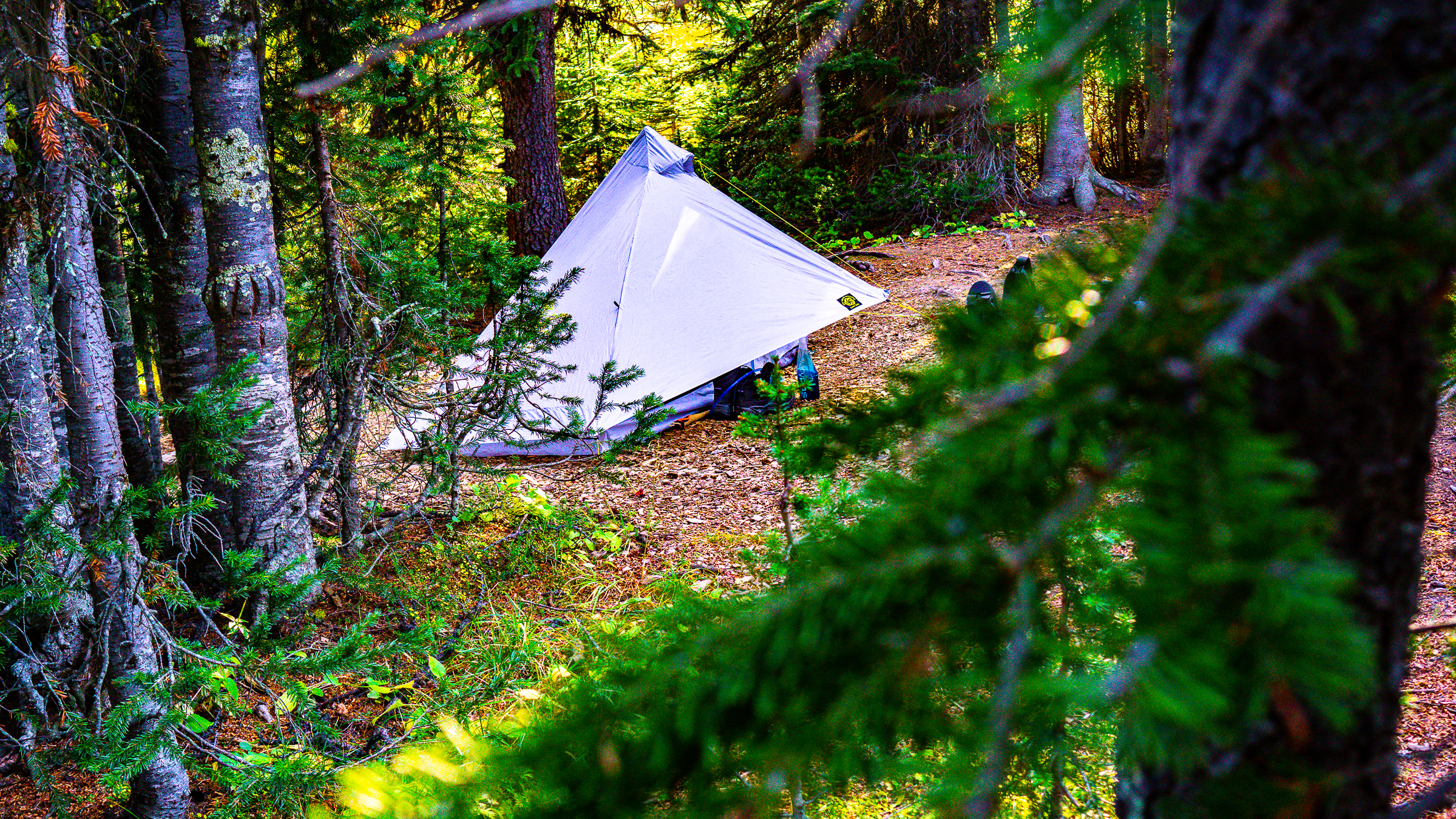 ber. The moment I set the first step north at the Southern Terminus will already be a huge success. And that’s everything that matters at this point: Getting on the start line.
ber. The moment I set the first step north at the Southern Terminus will already be a huge success. And that’s everything that matters at this point: Getting on the start line.
This entire journey I´m currently on is very healing for me and I proudly can say that after difficult years during covid, I´m the best version of myself in a long time. If not ever. Regardless, I really like the person I am right now, and the person I´m about to become. I´m trusting the process and myself and built a strong mental frame boosting my self-awareness and self-confidence. Maybe I should dedicate one post to the mental health and mindfulness journey and my mantra pillars.
What do you think? Leave a comment.
Pacific Crest Trail Routing and Data:
I´ll try to keep this one short: There are tons of information out there and you can look up so much! And you should, because honestly, a 4200km hike is like planning a 140km hike, 30 times, back to back. Of course, you can dig in really deep and know every mountain and park by name and read it through. But I´ll never know as much as locals. So, I stick with the data I have about the sections: lengths, Elevation profile, dangerous sections where special gear is required, and resupply opportunities. More crucial for the hike is the Pacific Crest Trail route on the app “ far out”. It is open source, so people can comment about water sources, obstacles, route changes, etc. This will be my everyday information source on trail. You can find an overview of the single PCT sections here.
I don´t need to know everything by day one. Even If I did , things will change along the journey. So, I try to avoid being a perfectionist about all this. It´s a long way, I´ll figure it out when I need to.
Sum it up Simon:
So, in summary: planning to hike the Pacific Crest Trail is not difficult. You need permit(s), but there are multiple ways to obtain those. Visas are available, just know the details and get it done early.
If you want to, there are a million things to watch/read/overthink, and consider right now. This can blow up this “planning phase” like a balloon. But it´s up to you to release the metaphorical air and on many points: keep it simple. I try to stop before I burst and to enjoy these days as much as possible. Finally planning this trip is beyond amazing. I´m already proud of myself that I never lost this thought of doing it one day.
If you can dream it – you can do it 😉
This website contains affiliate links, which means The Trek may receive a percentage of any product or service you purchase using the links in the articles or advertisements. The buyer pays the same price as they would otherwise, and your purchase helps to support The Trek's ongoing goal to serve you quality backpacking advice and information. Thanks for your support!
To learn more, please visit the About This Site page.

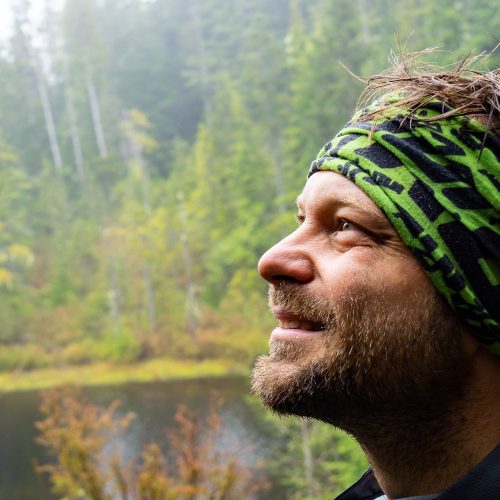 ">
">
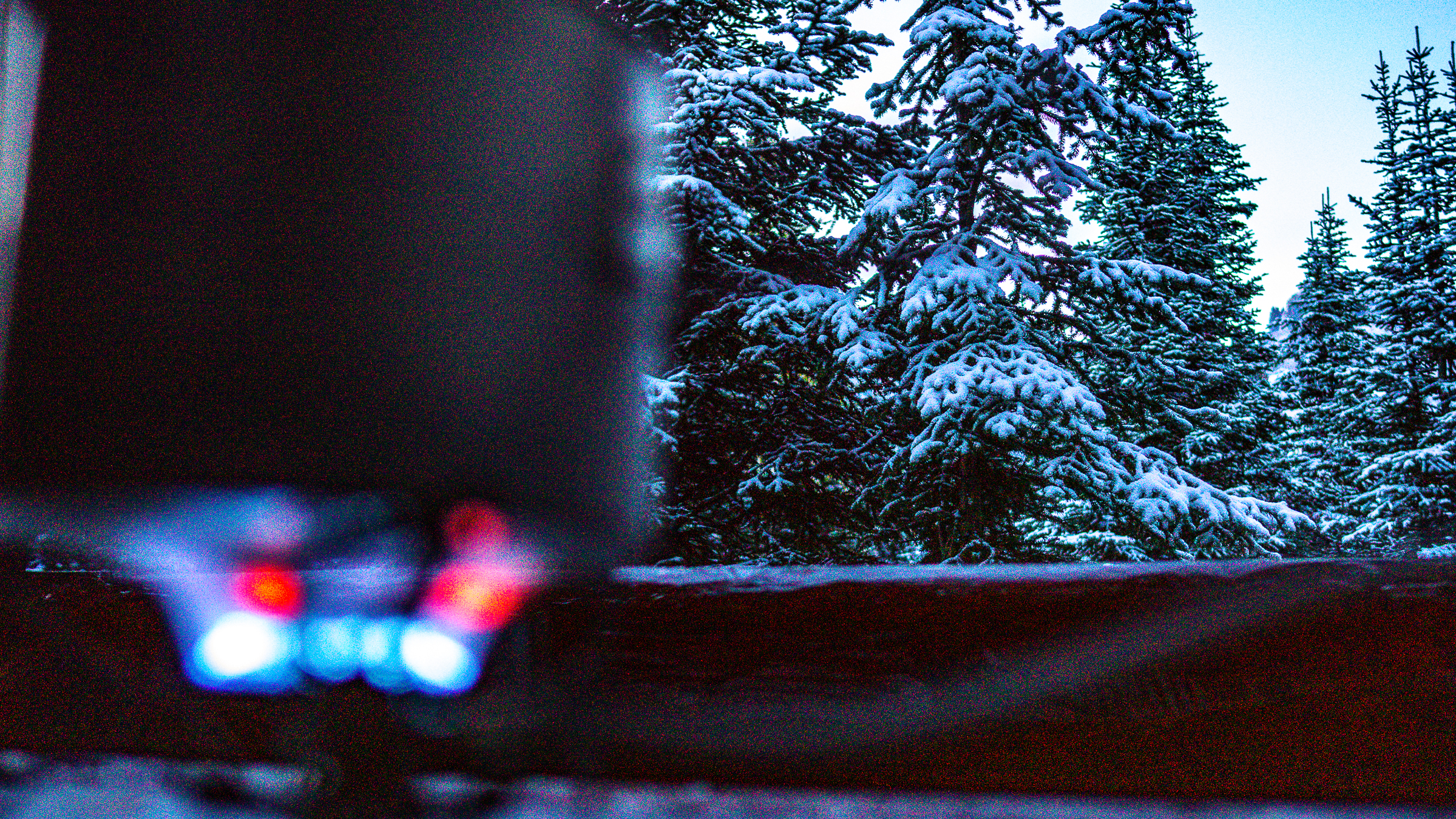
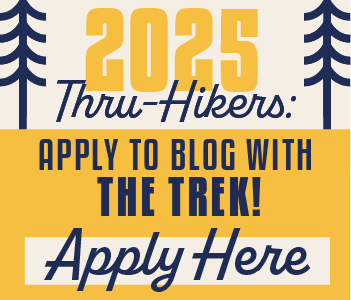

Comments 2
Great post Simon! It sucks that you have to take all of these visa and permit things into consideration, but glad you seem to have it under control. Excited for you to start hiking!
Thanks Jess! Obviously part of he game, but I’m optimistic that everything will be safe soon 😉